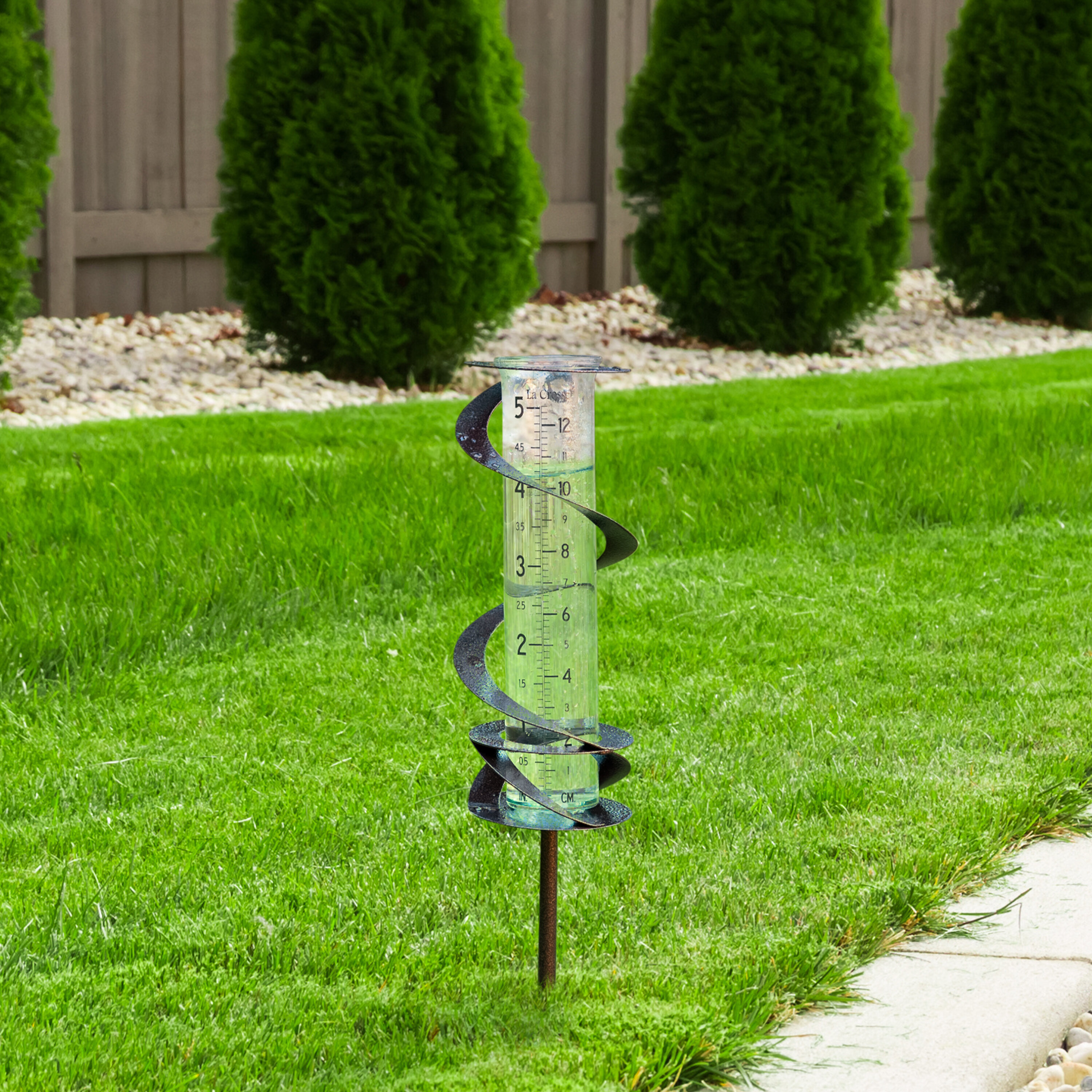The Rain Gauge: Deciphering Rainfall Patterns and Enhancing Weather Awareness
The Rain Gauge: Deciphering Rainfall Patterns and Enhancing Weather Awareness
Blog Article
DIY Rainfall Gauge: Straightforward Actions to Make Your Own
Producing your own Do it yourself rain scale is a effective and easy method to tape-record and determine rainfall. With simply a couple of usual materials and some fundamental actions, you can conveniently create your very own rainfall scale at home. Let's get started on making your DIY rain scale today!
Gather Products
To begin creating your DIY rainfall gauge, collect all the needed materials utilizing an extensive checklist of products. Having the appropriate materials on hand will certainly ensure the successful production of your rainfall gauge and permit for accurate measurements of rains. Gathering these materials ahead of time will enhance the construction process and make certain that you have whatever you require to create your own Do it yourself rainfall gauge.
Prepare the Container

Mark the Measurement Increments
To properly determine the amount of rains, properly marking the dimension increments on your do it yourself rain gauge is important. Without precise and clear markings, it would certainly be tough to identify the exact quantity of rainfall accumulated in your rain scale. Right here are the actions to mark the dimension increments on your rain scale.
The most typical devices for determining rains are inches and millimeters. When you have actually chosen the system, make use of an irreversible marker or water resistant paint to note the increments on the side of your rain gauge.
When noting the increments, it is necessary to make sure that they are equally spaced and plainly noticeable. Use a ruler or gauging tape to make sure precision and consistency. Furthermore, see to it that the markings are immune to fading or abrading, as direct exposure to the aspects might create them to deteriorate over time.
Area the Rainfall Scale Outdoors
The rainfall gauge ought to be put outdoors to properly collect rainfall data. The place selected for the rainfall scale need to be open and totally free from any kind of blockages that can possibly affect the measurement of rainfall. It is vital to discover an area that is not blocked by trees, structures, or various other frameworks that can obstruct the rainfall from getting to the scale. This will certainly make certain that the accumulated information is rep of the real rainfall in the area.
Furthermore, it is vital to place the rain gauge on a secure surface area, such as a degree ground or a durable message. This will protect against any kind of motion or tilting of the gauge, which could bring about inaccurate dimensions. It is likewise advisable to prevent placing the scale near any type of sources of artificial water, such as sprinklers or drainage systems, as this next could hinder the precision of the dimensions.
Monitor and Document Rainfall Data
Normal tracking and recording of rainfall information is vital for accurate information analysis and analysis. By keeping an eye on rainfall dimensions, you can gain important insights right into weather patterns, environment trends, and water source administration. To effectively keep an eye on and tape-record rains data, it is essential to develop a routine and preserve regular practices.
Firstly, make sure that your rain scale is positioned in an open location away from challenges such as trees or buildings that may block rainfall. In addition, make sure the rain scale Home Page is degree and safely secured to stop any kind of movement that might influence the accuracy of the dimensions.

When tape-recording the rainfall information, it is essential to note the date and time of each measurement. Utilize a ruler or a determining adhere to figure out the rains deepness in the rain scale, and record this information accurately.
To make sure the precision of the measurements, it is suggested to empty the rain scale after each recording. This will certainly stop any type of overflow or evaporation from impacting subsequent measurements.
Final Thought
Finally, creating a DIY rainfall gauge is a easy and practical means to keep track of and record rains data (The Rain Gauge). By adhering to the actions outlined in this write-up, you can quickly gather products, prepare the container, mark the dimension increments, and place the rainfall gauge outdoors. On a regular basis keeping an eye on and tape-recording rains data can give useful information for different purposes
Having the ideal materials on hand will you can look here certainly ensure the effective creation of your rainfall gauge and enable for accurate measurements of rains.To accurately gauge the amount of rainfall, properly marking the dimension increments on your Do it yourself rain scale is essential.The rain gauge ought to be placed outdoors to precisely collect rainfall data. The location chosen for the rainfall scale need to be open and complimentary from any kind of blockages that might possibly influence the dimension of rainfall.In final thought, developing a DIY rain gauge is a useful and straightforward way to keep an eye on and videotape rainfall data.
Report this page